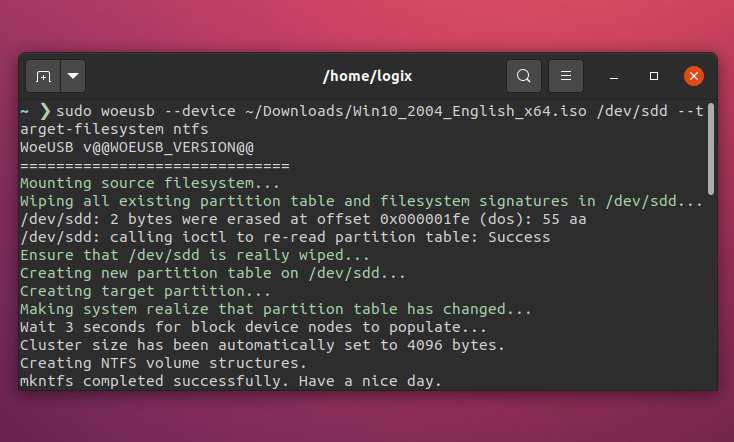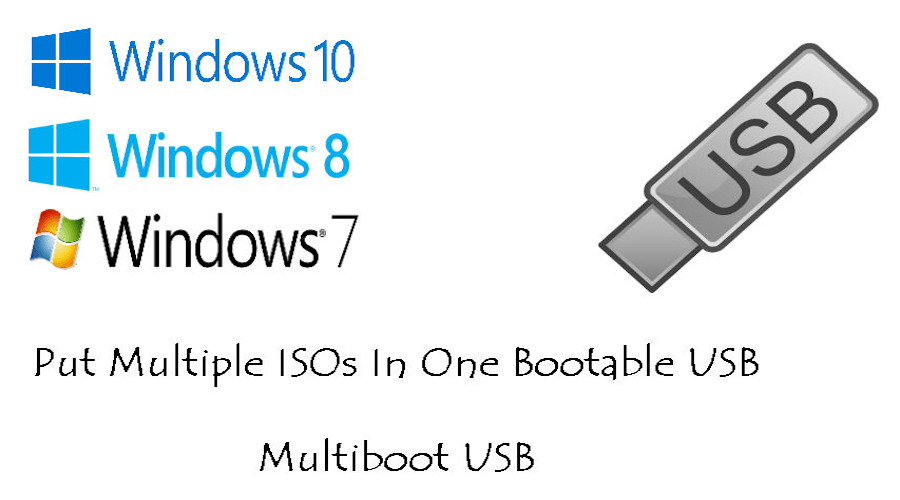
$ sudo dnf install gnome-disk-utility #Fedora 22+Īfter successfully installing Gnome disk, search and open it from the system menu or dash. $ sudo yum install gnome-disk-utility #CentOS/RHEL $ sudo apt install gnome-disk-utility #Ubuntu/Debian If you don’t have gnome-disk utility on your system, you can install it by running the following command.

(Self-Monitoring Analysis and Reporting Technology) attributes. It is used to format and partition drives, mount and unmount partitions, and query S.M.A.R.T. Gnome Disks is a graphical tool used to manage disk drives and media in Linux. $ ls -l /home/tecmint/Documents/Linux_Mint_19_XFCE.isoĬreate ISO from Bootable USB Using dd Command Create An ISO From A Bootable USB Drive Using Gnome Disks Once done, you can verify the ISO image using following ls command as shown.

Now you can run the following command to create an ISO from a bootable USB drive as shown. dev/sdb1 iso9660 1.8G 1.8G 0 100% /media/tecmint/Linux Mint 19 Xfce 64-bitįrom the output above, you can clearly see that our attached USB device name is /dev/sdb1. Tmpfs tmpfs 3.9G 0 3.9G 0% /sys/fs/cgroup Sample Output Filesystem Type Size Used Avail Use% Mounted on To create an ISO image from a Bootable USB Drive files, first you need to insert your USB drive and then find the device name of your USB using following df command. Create An ISO From A Bootable USB Drive Using dd Toolĭd is a commonly used command-line tool for Linux and other Unix-like operating systems, used to convert and copy files.

We will explain two ways to achieve this: via the command line interface (CLI) and a graphical user interface (GUI) program. In this article, we will show you how to create an ISO from a bootable USB drive in Linux.


 0 kommentar(er)
0 kommentar(er)
